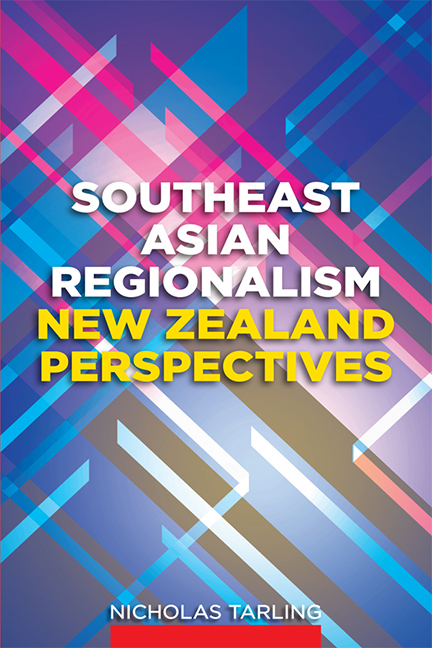Summary
With the disappearance of the imperial structures that had dominated Southeast Asia, newly-independent states had to develop foreign policies of their own. So far few of those states, if any, have been willing to allow the public to explore the documentary evidence of their activities that has no doubt been preserved. Somewhat paradoxically, historians must turn to the archives of external powers, which have largely adopted a thirty-year rule, though, as Chandran Jeshurun has said, it is “clearly untenable” to cite foreign diplomatic reports as “unquestionable proof of what actually transpired”. The diplomats of external powers were indeed often keenly interested in collecting information from ministers, in the office or at parties or on the golf course or otherwise, and from officials who might, for whatever purpose, convey or leak it more or less straightforwardly. In my recent book, Regionalism in Southeast Asia (Routledge, 2006), I was able to incorporate material from UK records on the development of the Southeast Asia Friendship and Economic Treaty (SEAFET), Association of Southeast Asia States (ASA), and Association of Southeast Asian Nations (ASEAN). The New Zealand archives contain not only reports from New Zealand diplomats but also from Australian and Canadian diplomats as well. The purpose of the present volume is to take account of this material without unduly duplicating the relevant chapters of the book.
In the earlier book I made the obvious but not always stated point that the new states of Southeast Asia were, though equal in sovereignty, unequal in power. That feature, of course, they shared with the rest of the world of states. Their geography and their history suggested, however, that it would be only too tempting to try to redress such imbalances by recourse to larger powers outside the region. That, it was also clear, was not likely to be readily accepted by the largest state in the region, Indonesia, which was bound to claim to be rather more than equal.
- Type
- Chapter
- Information
- Southeast Asian RegionalismNew Zealand Perspectives, pp. 1 - 2Publisher: ISEAS–Yusof Ishak InstitutePrint publication year: 2011

